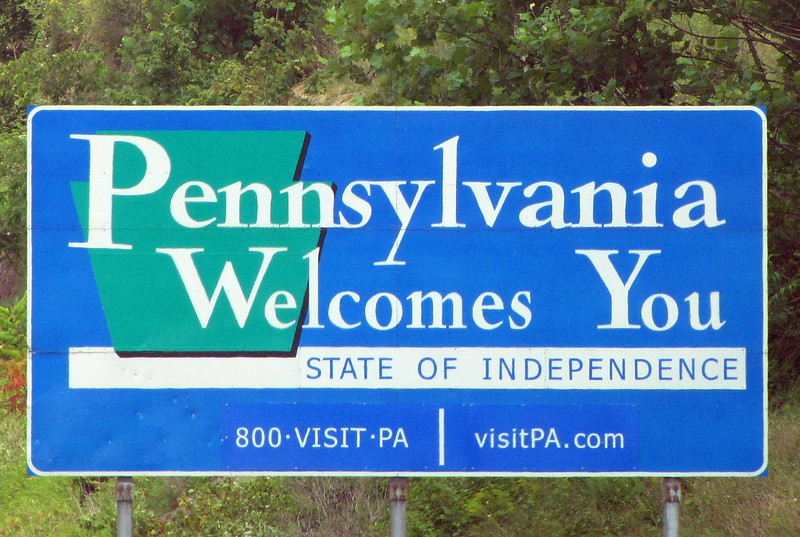By Dan Menefee
Kent Guardian
An energy bill moving through Congress could strip Maryland of its rights under the Clean Water Act to require a permit for Exelon Energy Corporation to operate the Conowingo Dam, which discharges 40% of all the nutrient and sediment pollution into the Chesapeake Bay from the Susquehanna River.
“[The bill] would strip states of their authority under Section 401 of the Clean Water Act to develop license conditions to protect water quality,” wrote Maryland Environment Secretary Ben Grumbles in a Nov. 25 letter to House Speaker Paul Ryan and Minority Leader Nancy Pelosi opposing the bill.
“Any new FERC license for the dam will have to contain appropriate conditions to address nutrient and sediment transport and ensure that Maryland’s water quality standards are maintained.”
Under the proposed North American Energy Security and Infrastructure Act of 2015, the Federal Energy Regulatory Commission would become the lead agency, with the authority to overrule state regulators.
The bill comes as Exelon is trying to renew its operating license with FERC for another 46 years, but under Section 401, FERC cannot issue a license to Exelon without a water quality permit from Maryland.
State denied permit
Last year Maryland Department of the Environment moved to deny Exelon a water quality permit when the energy giant failed to address the dam’s impact on the state’s ability to comply with an EPA mandate to meet Clean Water Act standards for the Bay by 2025. Exelon is currently operating under a temporary license.
“Maryland’s interest in protecting water quality is as important and relevant today as ever, particularly now as FERC considers the relicensing of the Conowingo hydroelectric dam,” Grumbles wrote. “The Susquehanna River provides approximately 50 percent of the fresh water to the Chesapeake Bay and is an important driver of the Bay’s water quality.”
“Without appropriate conditions Maryland may not be able to meet its commitment to achieve EPA’s Total Maximum Daily Load [reductions] for Chesapeake Bay,” Grumbles wrote.
The bill cleared the House 249 to174 on Dec. 2 with all of the Maryland delegation voting against it, except U.S. Rep. Andy Harris, R-1st, whose Eastern Shore district is home to the Clean Chesapeake Coalition, a group of seven Maryland counties demanding a multi-state commitment to reduce the 200 million ton of nutrients and sediment behind the dam.
Of the seven member counties, six are in Harris’ district.
The coalition also insists that Maryland will not be able to meet EPA’s TMDL mandate by 2025 if the pollution behind the dam is not removed or drastically reduced.
Concerns about dam pollution
The National Geologic Survey, and a chorus of environmental advocacy groups, including 18 Riverkeeper organizations, have sounded the alarm in recent years that the dam has reached its storage capacity and can no longer hold back the pollution that has amassed behind the dam since its construction in 1928. Recent storm events have caused massive nutrient and sediment spills that are blamed for decimating the oyster population and killing aquatic grasses in the northern third of the Bay.
The coalition maintains that the EPA mandate ignored the Susquehanna River as the single largest source of pollution into the Bay and forced local governments in Maryland to shoulder the $14.5 billion price tag to meet the EPA mandate.
“The loss of trapping capacity at Conowingo Dam is causing adverse impacts to the health of the Chesapeake Bay ecosystem and is undermining our efforts and expenditures downstream to improve the water quality of the Bay,” wrote Kent Commissioner Ron Fithian in a letter to Speaker Ryan, Minority Leader Pelosi and the entire Maryland delegation in opposing the bill. Fithian chairs the Clean Chesapeake Coalition.
“The State of Maryland’s water quality certification authority under Section 401 of the Clean Water Act to inform and influence the relicensing of Conowingo Dam now pending before the Federal Energy Regulatory Commission is critical to the health of the Chesapeake Bay and to the efficacy of Maryland’s efforts and investments to save the Bay,” Fithian wrote.
An amendment offered by U.S. Rep. John Sarbanes, D-3rd, to kill the provision giving FERC final permitting authority was not submitted in time. The bill is currently in the Senate Committee on Energy and Natural Resources awaiting markup.
Exelon is ranked fourth among Harris’ contributors in the 2014 and 2016 election cycles, according to the Center for Responsive Politics.








How about we just get rid of it? 🙂